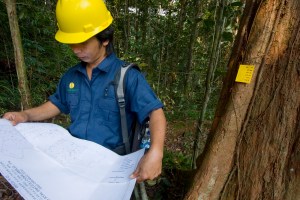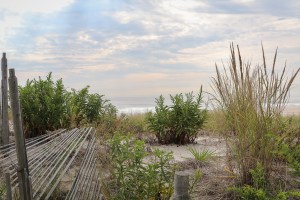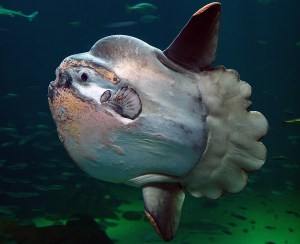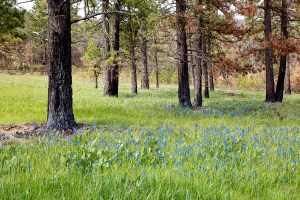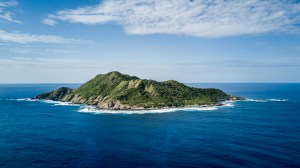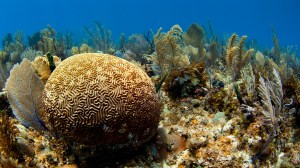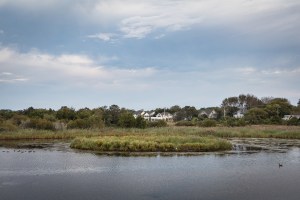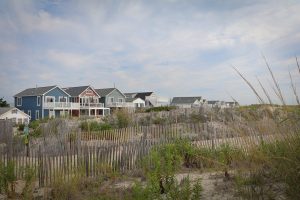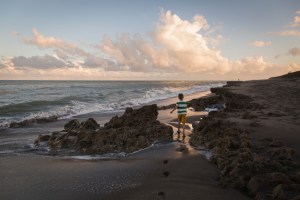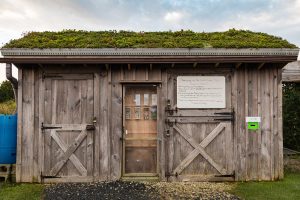Discover stories in Environments
What If All Maps Were Secret?
Conservationists, governments, and everyday people depend upon maps every day. But we always assume that these maps will be available. In Indonesia, that hasn’t always been true.
The Secret in the Sand Dunes
Spoiler Alert: It's Christmas Trees
The Mountain Lion in the Window
The subject of the message was: OMG! Mountain Lion Kitten in Window Well!!!! And really, it just got more interesting from there.
Meet The Magnificently Weird Mola Mola
Meet the Mola mola (aka sunfish), quite possibly the weirdest fish in the sea.
Trees Tell Us Much About Fire: What Will We Do About It?
In the Pacific Northwest, trees are abundant and wildfire is a constant presence. These days, wildfires are often catastrophic, but historically, fires were integral to a healthy ecosystem.
Can We End Hunger and Protect the Forest in Africa?
Expanding agriculture in sub-Saharan Africa often comes at the expense of forests. Can this challenge be resolved?
Recovery: The Salvation of Desecheo National Wildlife Refuge
Invasive rats, goats and even monkeys had overrun the national wildlife refuge, turning it into an ecological wasteland. But there’s hope.
Reefs Like Zombies?
Coral reefs, parrotfish, climate change, Michigan tourists, and, well, zombies.
Hurricane Sandy and the Flooding That Wasn’t
Most visitors come her for the warblers, but some come for the weirs.
Saved by Sand Dunes
On the five year anniversary of Hurricane Sandy, a return to the Jersey Shore towns saved by sand dunes.
A Brief Field Guide to the Rocks at Blowing Rocks
What, exactly, are the rocks at the Conservancy's Blowing Rocks preserve? And why do they sometimes blow like geysers?
Give Me Shelter
Our writer is in Cape May during fall migration. She could be birding, so why is she climbing around on a roof without her binoculars instead?
